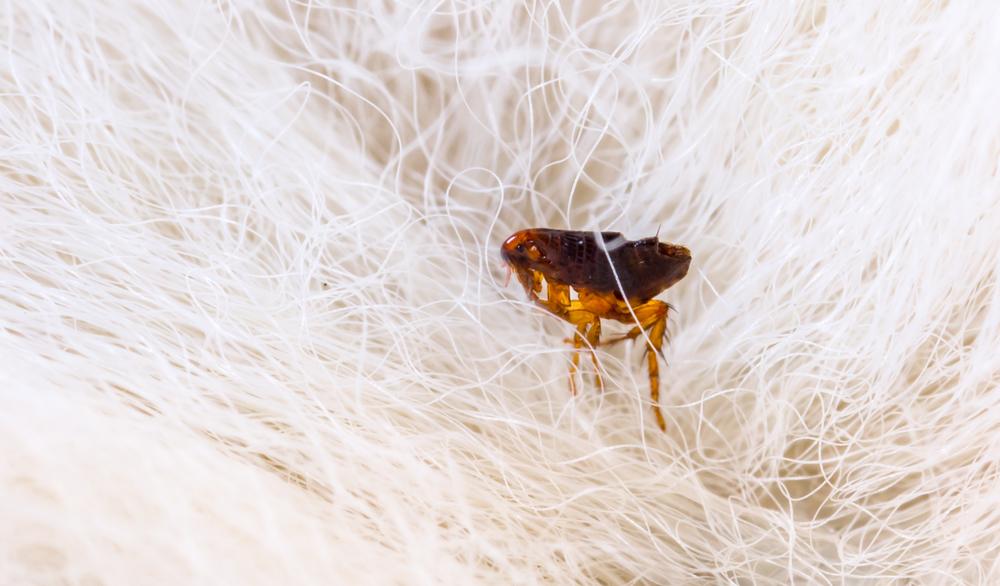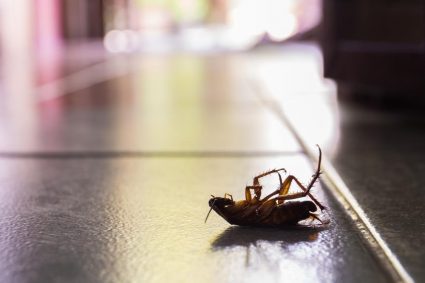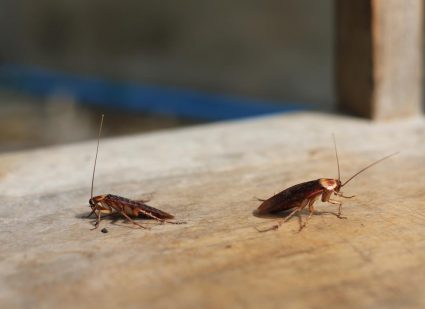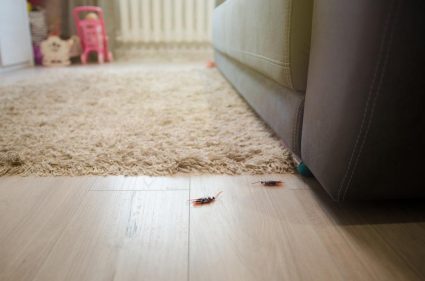
Flea infestations can be a nightmare for both pets and their owners. The constant itching and discomfort can lead to sleepless nights and restless days. But how long after flea treatment does the itching stop? This article will delve into this question in detail, providing you with comprehensive information on flea treatments, how they work, and what you can do to alleviate your pet’s discomfort.
The time it takes for itching to stop after flea treatment can vary, but generally, it may continue for up to three weeks due to flea saliva, even after all the fleas have died. However, some pets may experience relief within 24 hours after treatment. Factors influencing this timeframe include the severity of the infestation, the type of flea treatment used, individual sensitivity, allergic reactions, secondary infections, and the proper application of treatment.
Understanding Flea Infestations
Fleas are tiny, blood-sucking parasites that typically infest dogs and cats. They can cause a range of symptoms, including intense itching, hair loss, welts and red skin, dry skin and lesions, and restlessness and discomfort. In severe cases, they can also cause anemia, resulting in pale gums.
The Flea Treatment Process
Flea treatments work by targeting and killing fleas, ticks, and sometimes other parasites. They deposit chemicals into the sebaceous glands, where the active ingredient is released and translocates through the glands that lubricate a pet’s coat with oil. When fleas come into contact with the treated coat, the pesticide attacks their nervous system, causing them to lose the ability to feed on the pet.
Duration for Itch Relief
Itching after flea treatment can persist for varying durations depending on the individual pet and the severity of the infestation. In general, itching may continue for up to three weeks due to flea saliva even after all the fleas have died. However, some pets may experience relief within 24 hours after treatment.
Influencing Factors
The time taken for itching to stop can be influenced by several factors, including the severity of the infestation, the type of flea treatment used, individual sensitivity, allergic reactions, secondary infections, and the proper application of treatment.
Dealing with Persistent Itching
In some cases, itching may not stop immediately after flea treatment. This could be due to an allergic reaction, secondary skin infections, or other underlying medical conditions. In such cases, it is advised to consult with a veterinarian for further evaluation and treatment options.
Preventing Future Infestations
To prevent future flea infestations and subsequent itching, pet owners can take several preventative measures. These include limiting outdoor time, regular grooming, flea checks, using flea control products, maintaining a clean environment, and treating the home for fleas if necessary.
Side Effects of Flea Treatments
Although flea treatments are generally safe, some pets may experience side effects, including skin irritation, stomach or intestinal problems, tremors, difficulty standing or walking, excessive salivation, muscle tremors, respiratory issues, and neurological adverse reactions. If your pet experiences any of these side effects, it is essential to consult your veterinarian immediately.
In conclusion, the duration for itch relief after flea treatment varies depending on several factors. However, with proper treatment and preventative measures, you can help your pet lead a comfortable, itch-free life. Remember to consult your veterinarian if your pet continues to scratch after flea treatment, as they can help identify the cause and recommend the best course of action.
Frequently Asked Questions
What are some popular flea treatments for pets?
Some popular flea treatments for pets include topical treatments like Frontline and Advantage, oral tablets like Capstar and Comfortis, and flea collars like Seresto.
How often should I apply flea treatment to my pet?
The frequency of flea treatment application depends on the type of product used. Some need to be applied monthly, while others may last for up to eight months. Always follow the instructions provided by the manufacturer or your veterinarian.
Can flea treatments be harmful to humans?
While flea treatments are designed to be safe for pets, they can potentially be harmful to humans, especially if ingested or applied to the skin. Always wash your hands thoroughly after handling these products and keep them out of reach of children.
Can I use dog flea treatment on my cat or vice versa?
No, it’s crucial not to use dog flea treatments on cats and vice versa. Some ingredients that are safe for dogs can be toxic to cats, and using the wrong product can lead to serious health problems.
What should I do if my pet has an allergic reaction to a flea treatment?
If your pet has an allergic reaction to a flea treatment, such as excessive itching, redness, or swelling, you should stop using the product and consult your veterinarian immediately. They may recommend a different product or treatment method.











